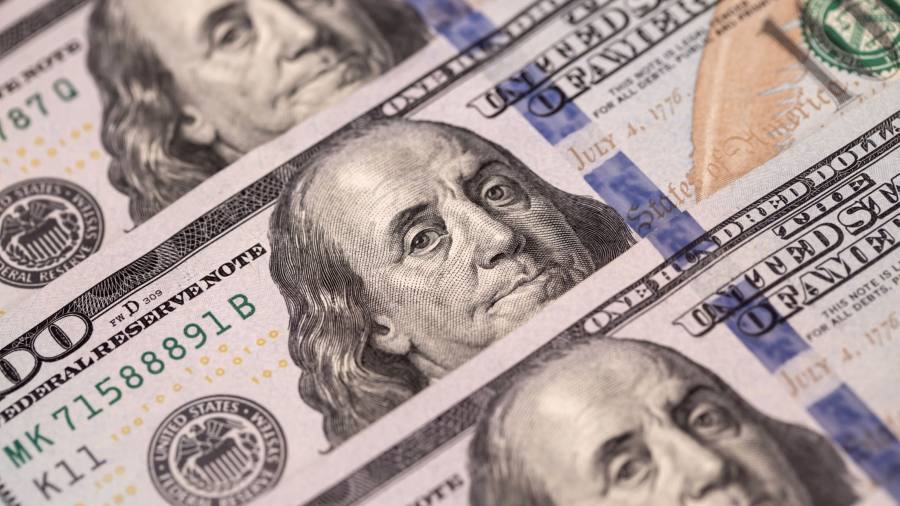Receive free Fund management updates
We’ll send you a myFT Daily Digest email rounding up the latest Fund management news every morning.
Top active fund managers say they are struggling to attract money from large investors who are holding back in the face of volatile markets and cash accounts offering the best yields in years.
Institutional investors such as pension funds, endowments, and foundations control billions in capital and are responsible for the majority of allocations to the biggest asset managers. Cash sitting in US institutional money market accounts now totals almost $3.5tn, according to the Investment Company Institute, a sum that has climbed steadily this year even as stock markets gather strength.
“There’s a tremendous amount of money on the sidelines,” Rob Sharps, chief executive of the $1.4tn manager T Rowe Price, said in an interview. The US-based asset manager was battered over the last quarter by $20bn in net outflows and said it does not expect flows to turn positive again until 2025.
His comments come after the Federal Reserve has aggressively raised US interest rates to tame inflation, in turn boosting the appeal of cash accounts. Yields at the largest money market funds now average more than 5 per cent and are rising fast, according to Crane Data.
“You’re getting yields on money market funds that you haven’t had in 15 years,” Sharps said. “There are a lot of people who are calling for a meaningful slowdown or a recession in the economy, which creates bumpier conditions for credit and equities.”
“We’re probably experiencing the worst of it right now,” he added. “Investors are waiting for the Fed to get out of the way.”
Institutional investors pulled more than $3bn in the latest quarter from active funds at AllianceBernstein, the $646bn manager. Seth Bernstein, chief executive, said “people are sitting out” after the Fed propped up short-term interest rates and may raise them further. “You’re being paid to wait,” he said.
Analysts said there are some signs investors are starting to return. “Fixed income is the next stop as investors decide to take a little more duration risk. And we are already seeing that,” said Alex Blostein, an analyst at Goldman Sachs.
However, much of these flows into fixed-income assets is likely to go to passive managers and ETFs, he said.
Jenny Johnson, chief executive of $1.4tn fund manager Franklin Templeton, is also reckoning with institutional investors’ hesitation. “Look, you can get paid really well and sit in short-duration money market funds,” she said.
Franklin, a manager specialising in fixed income, has started to see a rise in interest from clients moving from cash into higher yielding products, but the progress is likely to be tempered by additional rate rises.
The manager received a modest $200mn in net inflows in the three months to June, mostly into alternatives strategies such as real estate or secondary markets and so-called “multi-asset’‘ combinations of fixed income, equities and alternatives.
The inflows were offset by $7.3bn in net “cash management” outflows.
“We had seen our institutional clients just starting to move out of just core fixed income,” Johnson said.
But last week Fed chair Jay Powell insisted rates could rise again. Johnson said. “Everybody sort of waits until you hit the top, because otherwise it’s a risk.”
Last year’s volatile market was supposed to provide a competitive edge to active asset managers, who had haemorrhaged market share to low-cost passive index managers such as Vanguard and BlackRock for the past decade.
The long hoped-for return to inflows into active managers has not arrived, in part because a rally in a highly concentrated number of stocks has made it difficult for diversified funds to outperform benchmarks. T Rowe Price suffered a “deeply disappointing” performance last year in its large cap growth fund, which contributed to the outflows from the active manager, Sharps said.
The investment landscape has changed as rising rates erased the idea that there is no alternative to equity markets and made money market funds not only viable, but attractive, to investors.
“It’s a moment in time,” Sharps said. “It may last for a while. But it isn’t going to last for ever. Ultimately, people will need to seek higher returns than what they’re likely to get in money market funds over time.”
Read the full article here



